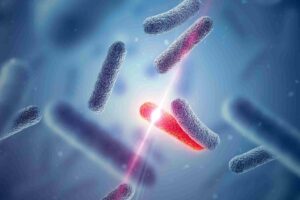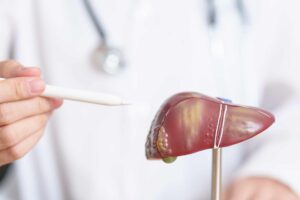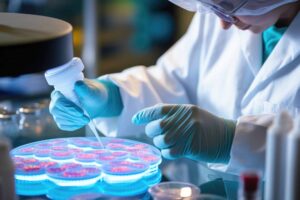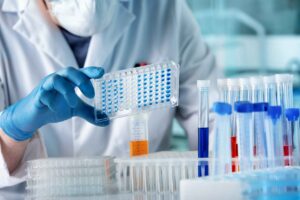• Microbial fingerprint
• Widespread resistance
What is already known on this topic
More than half of the world’s population lives in urban areas. Urbanization has been associated with conditions such as allergies, but how cities influence human health and what microbial dynamics are at play in urban areas remains unclear.What this research adds
By collecting and analyzing microbial samples from public transport systems in 60 cities across six continents, researchers have created a global catalogue of the urban microbial ecosystem. The catalogue includes more than 4,200 known species of urban microorganisms as well as several microbes that have not been described before. The researchers also found an uneven distribution of antibiotic-resistance genes: fewer of these genes were found in samples from Oceania and the Middle East.Conclusion
The findings could help to detect infection outbreaks and study the distribution of antibiotic-resistant microbes in different urban areas.
The microbiotas found in the streets of London are different from those found in Singapore, according to the largest-ever survey of urban microbes. The study shows that each city has its own fingerprint of bacteria and viruses.
The findings, published in Cell, could help to detect infection outbreaks and study the distribution of antibiotic-resistant microbes in different urban areas. “Every city has its own ‘molecular echo’ of the microbes that define it,” says study senior author Christopher Mason at Weill Cornell Medicine. “If you gave me your shoe, I could tell you with about 90% accuracy the city in the world from which you came.”
Mason and his colleagues analyzed 4,728 samples from public transport systems of 60 cities across six continents. The samples were collected from railings, benches, and ticket kiosks in each mass transit system.
Microbial fingerprint
The researchers found a core set of 31 microbial species that were found in nearly all samples across urban environments. The three most common microbes across the world’s cities were Proteobacteria, Actinobacteria, and Firmicutes. In addition to the core urban microbiota, the team found a wide range of microbial variability across cities.
In total, the researchers identified 4,246 known species of urban microorganisms, but also several microbes that have not been described before. The catalogue they developed includes 10,928 viruses, 1,302 bacteria, and two archaea not found in reference databases.
These results, Mason says, could help to build microbial family trees to assess how different species are related to one another. “There are millions of species on Earth, but we have a complete, solid genome reference for only 100,000 to 200,000 at this point,” he says.
Widespread resistance
Because the emergence of antibiotic resistant microbes threatens the ability to treat infectious diseases, the researchers next looked at the global prevalence of antibiotic-resistance genes.
More than 2,200 samples had some sequences aligning to an antibiotic-resistance gene, but the researchers could not identify a core set of such genes. The most common classes of antibiotic-resistance genes were those encoding proteins that help bacteria fight off antimicrobial compounds such as macrolides, lincosamides, streptogamines, and beta-lactams, the team found.
The distribution of antibiotic-resistance genes was also uneven: fewer of these genes were found in samples from Oceania and the Middle East. “This could be the result of different levels of antibiotic use, differences in the urban geography between cities, or reflect the background microbiome in different places in the world,” the authors say.
A continuously updated, global catalogue of the urban microbial ecosystem could help to track antimicrobial resistance and other changes that could affect human health, and assist government officials and scientists in diagnosing and predicting outbreaks, the researchers say. This, they add, “enables data-driven policy and medical decisions in cities around the world, with the sequencing data simultaneously providing a constant fountain of discovery for new microbial biology.”











